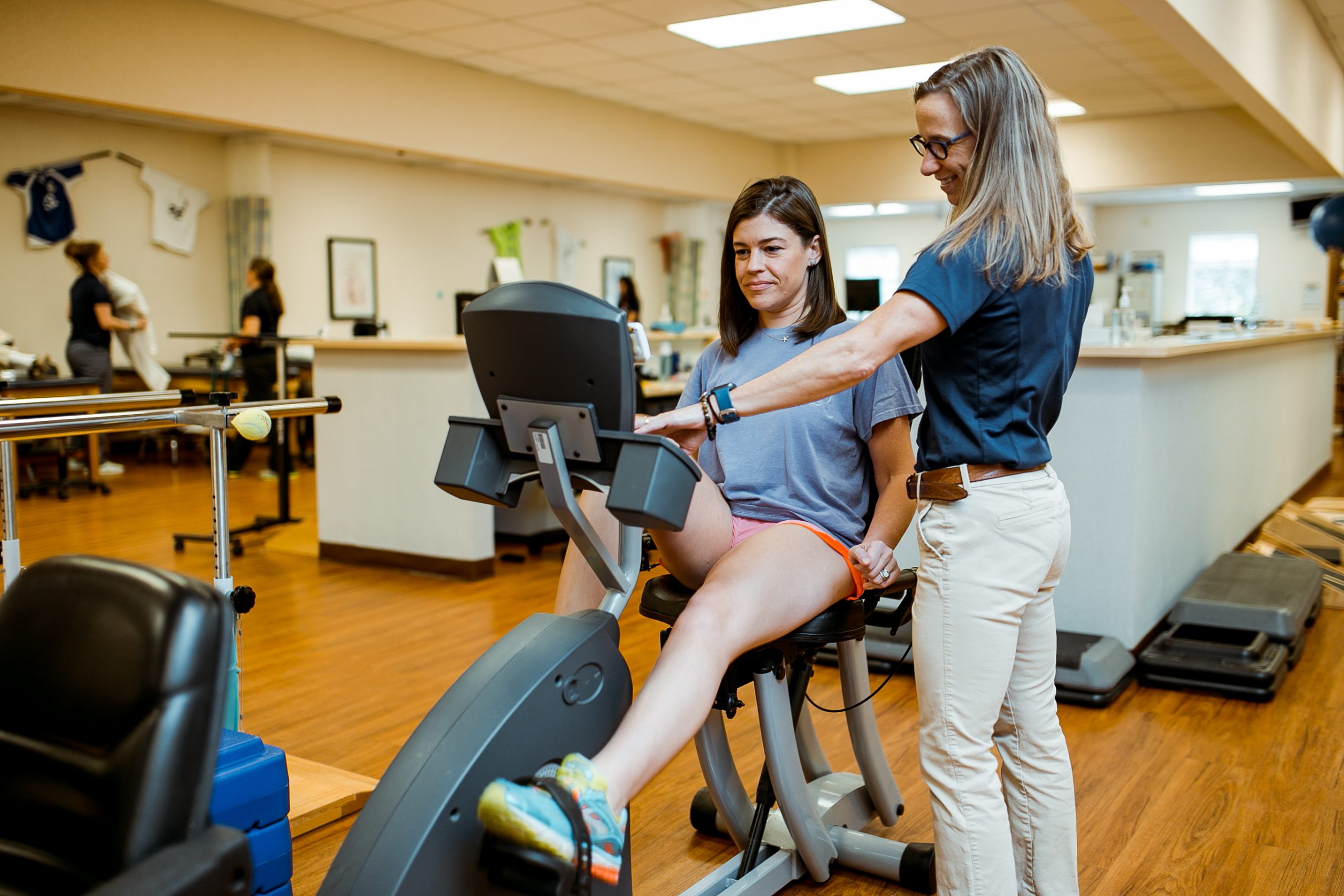Innovative Strategies for Enhancing Cardiovascular Exercise Regimen Through Research-Driven Practices
Wiki Article
Cardio exercise, frequently referred to as cardio, is an integral part of a healthy lifestyle. It comprises activities that elevate the cardiac rate, such as running, aquatic exercise, and cycling. When prescribing cardiovascular exercise, healthcare experts aim to improve heart health, boost endurance, and assist weight management. To improve these exercise prescriptions, it is crucial to incorporate evidence-based practices that are tailored to personal needs. This approach ensures that people can achieve their fitness goals while minimizing the risk of injury and encouraging overall well-being.
One innovative strategy for enhancing cardiovascular exercise is the use of personalized exercise plans. These plans take into consideration factors such as years, fitness level, and any existing health conditions. By assessing an person’s current physical status, professionals can create a more effective workout routine. For instance, a individual with a history of heart disease may need a different program compared to someone who is youthful and fit. This tailored approach not only makes exercise more secure but also more enjoyable, which can lead to better adherence to the program over time.
Including technology into cardiovascular exercise recommendations is another effective method. Wearable devices, such as fitness trackers and smartwatches, can provide real-time data about heart rate, calorie burn, and activity levels. This information helps users monitor their progress and stay motivated. Additionally, mobile apps can offer guided workouts and notifications, making it easier for users to adhere to their exercise plans. These technological tools assist in making informed choices about when and how to exercise, enhancing the overall effectiveness of cardiovascular routines.

Collective exercise settings can also play a significant role in enhancing cardiovascular exercise adherence. Participating in group classes or community events encourages a sense of community and motivation among participants. When people exercise together, they often push each other to work harder and stay committed. Social support can be a powerful motivator, encouraging people to attend workouts regularly. Furthermore, group activities can introduce a variety of fun and engaging cardiovascular exercises, making workouts less boring and more attractive.
Lastly, it is essential to include education about cardiovascular health in exercise prescriptions. Comprehending the benefits of regular cardio can inspire individuals to physical therapy for pelvic floor dysfunction prioritize their fitness. Providing information on how cardiovascular exercise fortifies the heart, enhances circulation, and reduces the likelihood of chronic diseases can help users value the importance of their workouts. Additionally, educating individuals on the importance of gradually increasing exercise intensity can avoid burnout and injuries. By merging knowledge with practice, individuals are more likely to sustain long-term dedication to their cardiovascular health.
In conclusion, enhancing cardiovascular exercise prescriptions through evidence-based practices is crucial for promoting heart health and improving overall fitness. Personalization, the use of technology, group activities, and education are all innovative strategies that can improve the effectiveness of these exercise plans. By embracing these approaches, healthcare professionals can help individuals attain their fitness goals while fostering a sustainable and enjoyable exercise routine. Prioritizing cardiovascular health is an investment in one's future, and with the right strategies in place, anyone can experience the benefits of a wholesome lifestyle.